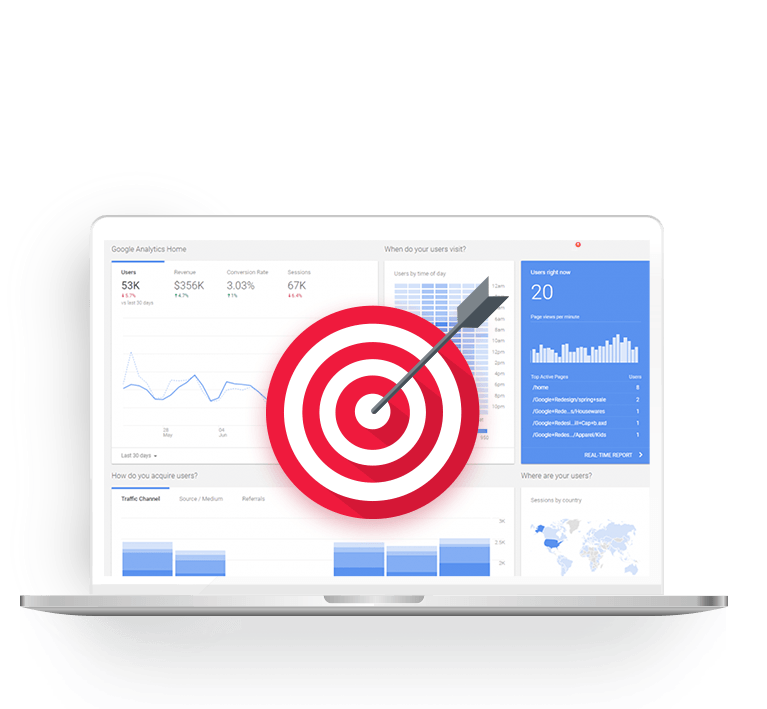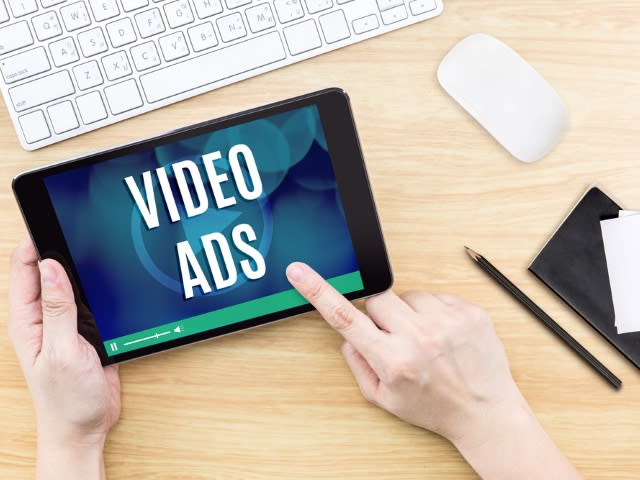Choosing Your Best Digital Advertising Platform
- By Joe Wozny
- •
- 06 May, 2020
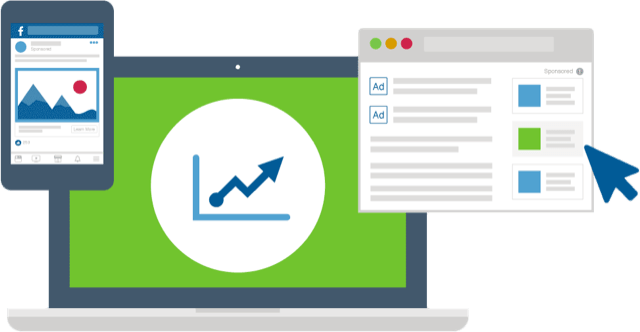
The 2020 decade will continue to see a proliferation of choices for digital marketers in both ad tech and advertising platforms for your business, sales and promotion activities. This article discusses Top 12 strategies to consider when reviewing advertising platforms and campaigns to ensure your ad activities deliver results for the digital dollar spent.
#1 Intent remains a top consideration. Understanding intent is about connecting: connecting with your audiences’ hopes, dreams, values, concerns. Consider how and what you are communicating, and why your message is important? Know your target audience - and communicate to “ice cold new people” and “people who are in your funnel” uniquely. Plan for how you will manage the next steps after ad engagement.
#2 Pair your intent with the right platform and features. For example: a) search platforms tend to be used to find information on topics, products, services and businesses (both local and beyond) b) social platforms are where people connect with groups and topics they are interested in c) the explosion of video consumption makes video platforms repositories of eduction/how to topics, entertainment, news and … pretty well anything you can think of, often with the intent of learning more d) business platforms facilitate business connections (with colleagues, search for jobs) e) speciality sites (home, garden, news) allow you to communicate to a specific interest group f) large shopping platforms (example Amazon) are designed to capture purchases.
#3 Use budget planning tools for assessing one time and ongoing costs. Budgets are relative to your business and differ in every industry. Resources for budget and benchmarking, like AdStage, will give you Q1, 2, 3, 4 guidelines. Tools like Keywords Everywhere, Google Ad Planner and Facebook Campaign planner will assist you with determining an average cost per click. TIP: Be conservative with click through and conversion rates during ad planning setup.
#4 Many platforms have a unique way of allowing viewers of your ads to connect with you. Examples include Messenger for Facebook, Google Forms, Followers, Clicks to Landing Pages, Click to Call. Be familiar with each of these channels and incorporate them into your strategy and ad activations.
#5 At the outset of your campaigns, collect a segmented Remarketing list of all visitors to your landing pages, for future use. Features such as “Hot Audiences based on overall website traffic” and integrating Remarketing activities with your email lists, will allow you to quickly build and use your lists to target those showing previous interest.
#6 Network Regionality and GEO targeting are both worthwhile considerations. Network Regionality refers to choosing the best platform, based on its geographic reach or topic strength. GEO targeting to a set of specific users based on their location within these networks, can drive customers to you. Tip: Avoid any “GEO” platforms that are not permission based; particularly in this age of GDPR, CASL and other reasonable concerns on how audiences data is captured and privacy.
#7 Email remains a strong advertising channel. Unique features related to new email platforms drive both engagement and sales. Communication directly to an Inbox is still very effective.
#8 Measuring ROI may require integration of multiple vendors into an intelligent Dashboard or commercial analytics system. This integration is often done on the “front end” of your landing pages with systems such as Call Rail and on the “back end” of your measurement tools such as Google Analytics, DashThis, etc. Understand what you want to measure, architect your measurement system and add in corresponding tracking coding so that all information meshes. And auditing periodically is a valuable and necessary endeavour and may require a collaborative effort.
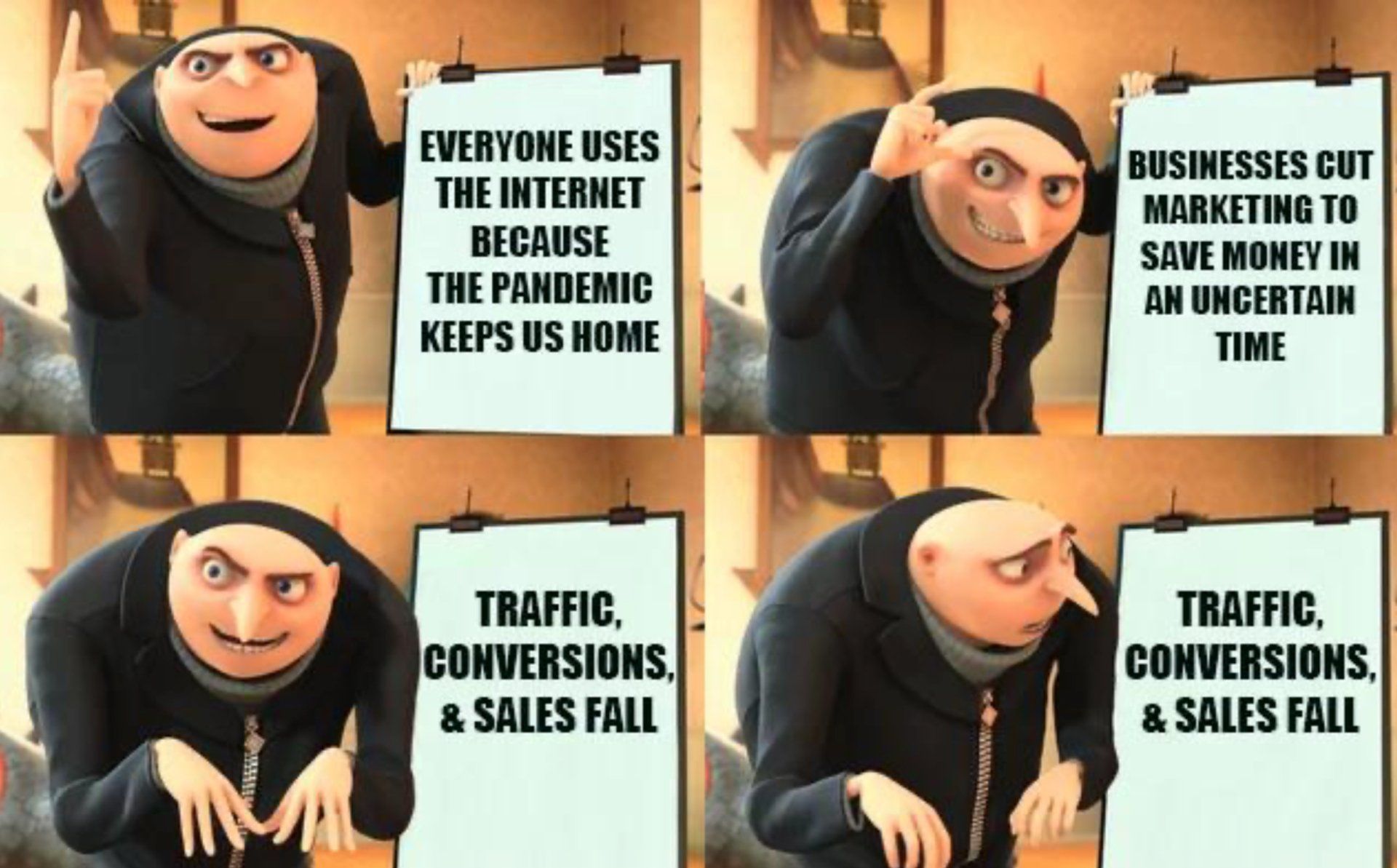
#9 Understanding the source of your ROI through custom tracking allows you to recognize trends and optimize non performing traffic. This is particularly effective for broad categories advertising channels where ads are trafficked based on broad match types (example Content Topics) and are reported as “not set” in your analytics tools. You want to know where your data is coming from!
#10 Optimize your GMB listing. If you use Google Search advertising, Google MyBusiness (GMB) becomes an important component to your advertising mix. It’s our experience that GMB, paired with Search ads generate complementary activity in terms of driving visits, engagement, activation and increasing ROI without additional ad spend.
#11 Imagery is still a powerful motivator. Include as many banner ad sizes as possible when creating Display campaigns. Research your target channels to understand the opportunities with placement of the different ad sizes. Ensure ads in “text format” for native placements are available. TIP: This article provides perspective on popular banner ad sizes.
#12 Key parameters to consider when configuring your online campaigns and when later optimizing your campaigns include: conversion attribution models (ex: linear, time decay, position based), campaign goals (ex: sales, leads, website traffic), bidding type (ex: maximize conversions, maximize clicks), cross platform conversion and more. Apply different tactics at different stages of your ad campaigns.
Bottom Line: It’s time NOW to advertise online - with lots of platform choices and many features for promotion and measurement. Consider a blended omni channel platform approach. Leverage every appropriate channel to take advantage of how major networks hand off to each other and complement each other. Match your advertising platform to your audience and understand what features allow you to reach them in the best way possible, at the best price point.
Happy advertising!

Partners and Advertising Networks

Partners and Advertising Networks

-
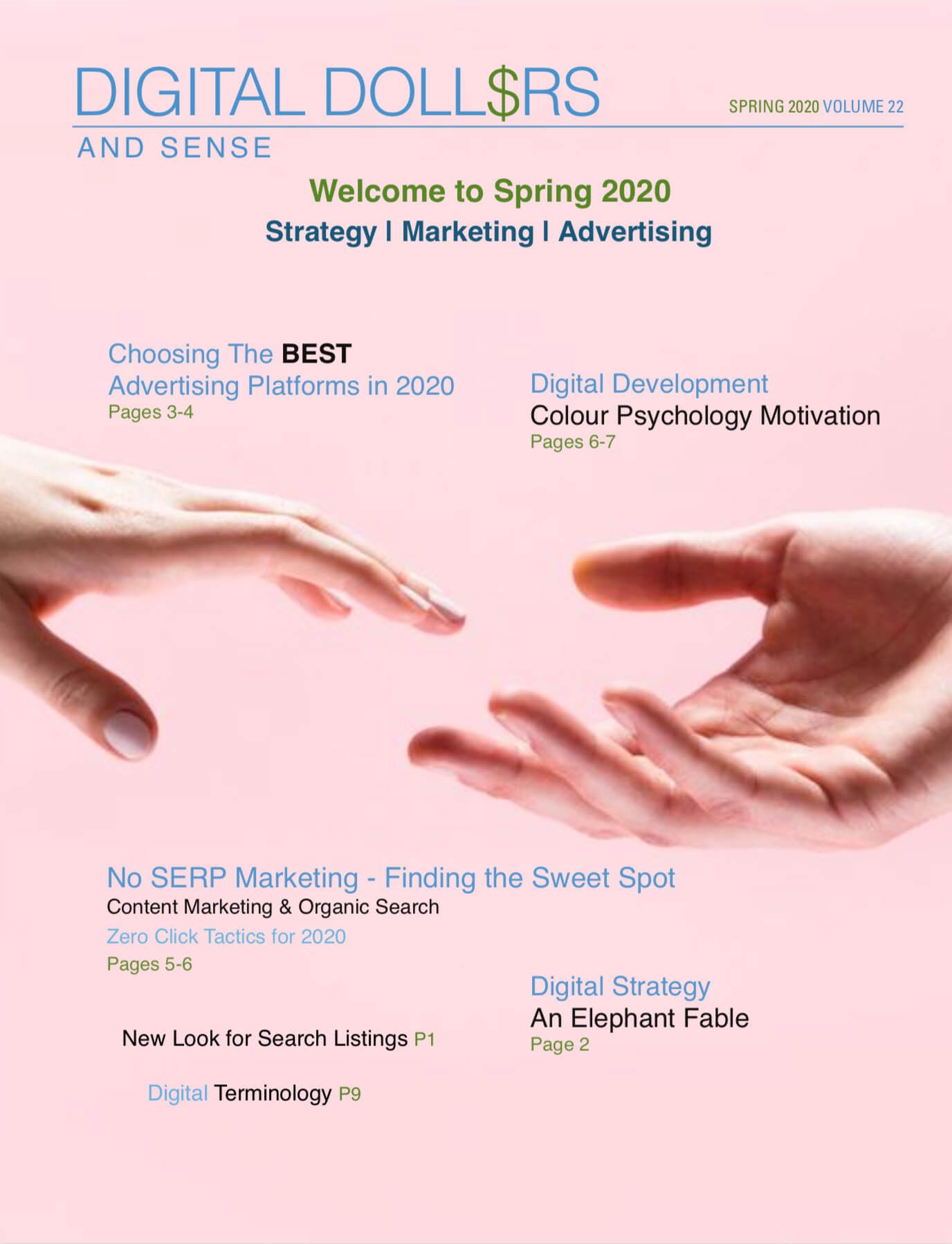
Slide title
Write your caption hereButton -

Slide Title
Write your caption here
Button -
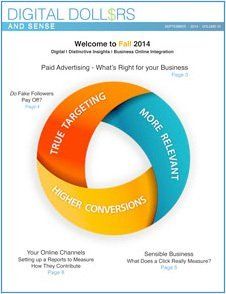
Slide Title
Write your caption here
Button -
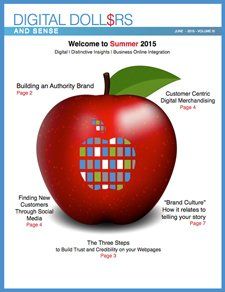
Slide Title
Write your caption here
Button -
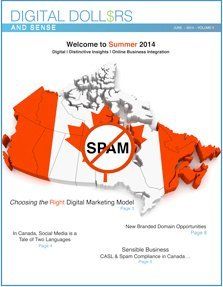
Slide Title
Write your caption here
Button -

Slide Title
Write your caption here
Button -
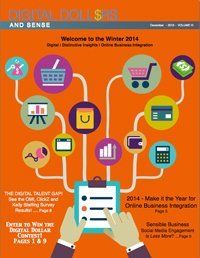
Slide Title
Write your caption here
Button -
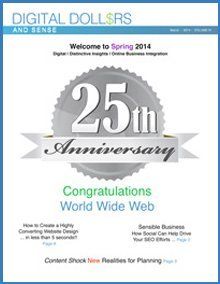
Slide Title
Write your caption here
Button -
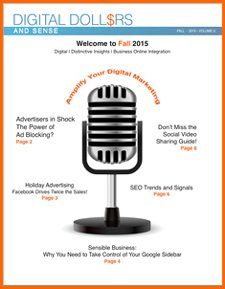
Slide Title
Write your caption here
Button -
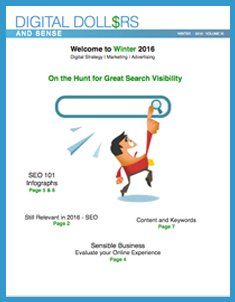
Slide Title
Write your caption here
Button -
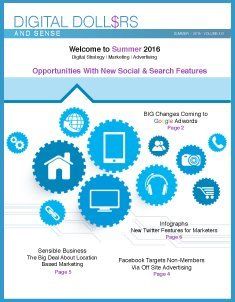
Slide Title
Write your caption here
Button -
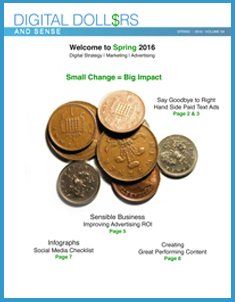
Slide Title
Write your caption here
Button -

Slide Title
Write your caption here
Button -
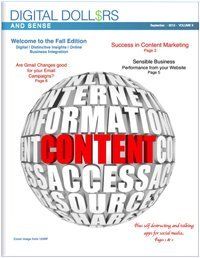
Slide Title
Write your caption here
Button
-

Slide title
Write your caption hereButton -

Slide Title
Write your caption here
Button -

Slide Title
Write your caption here
Button -

Slide Title
Write your caption here
Button -

Slide Title
Write your caption here
Button -

Slide Title
Write your caption here
Button -

Slide Title
Write your caption here
Button -

Slide Title
Write your caption here
Button -

Slide Title
Write your caption here
Button -

Slide Title
Write your caption here
Button -

Slide Title
Write your caption here
Button -

Slide Title
Write your caption here
Button -

Slide Title
Write your caption here
Button -

Slide Title
Write your caption here
Button
-

Slide title
Write your caption hereButton -

Slide Title
Write your caption here
Button -

Slide Title
Write your caption here
Button -

Slide Title
Write your caption here
Button -

Slide Title
Write your caption here
Button -

Slide Title
Write your caption here
Button -

Slide Title
Write your caption here
Button -

Slide Title
Write your caption here
Button -

Slide Title
Write your caption here
Button -

Slide Title
Write your caption here
Button -

Slide Title
Write your caption here
Button -

Slide Title
Write your caption here
Button -

Slide Title
Write your caption here
Button -

Slide Title
Write your caption here
Button





